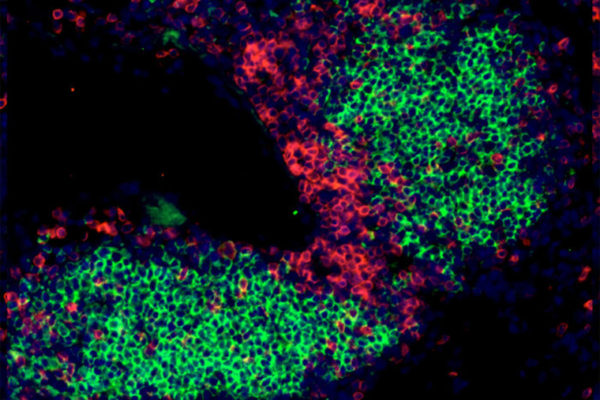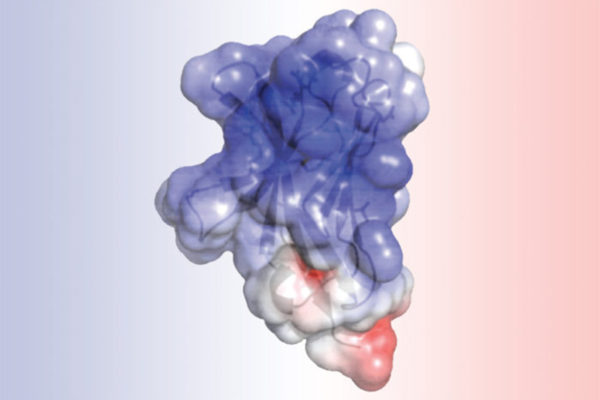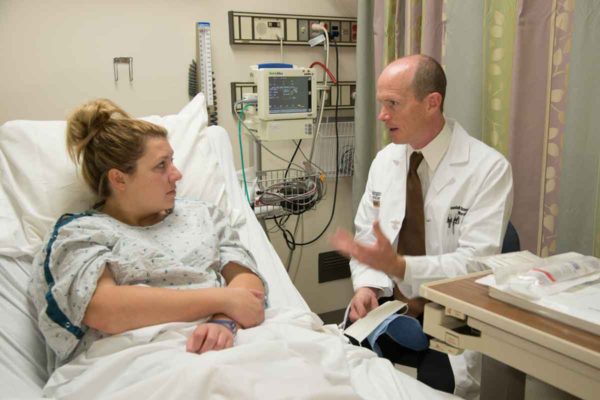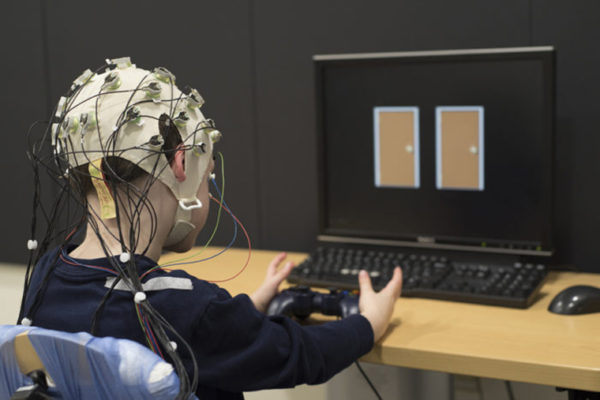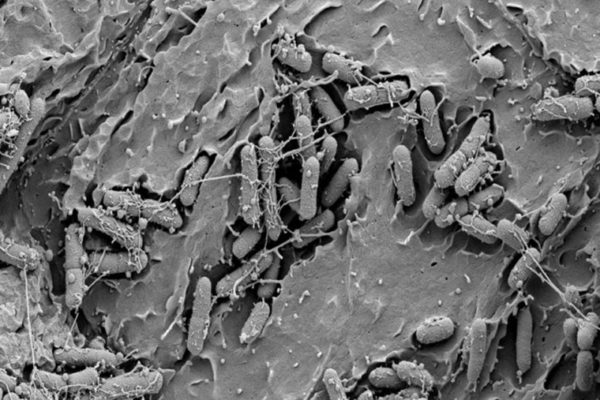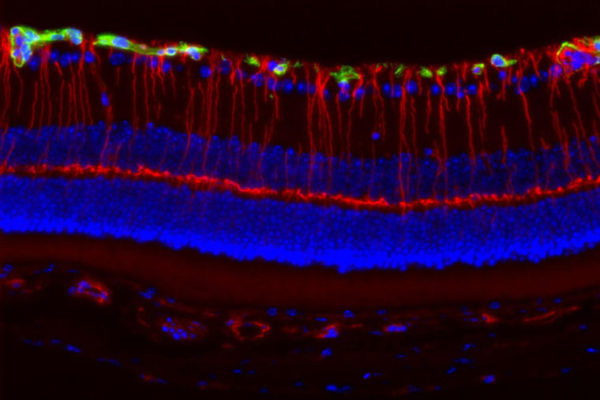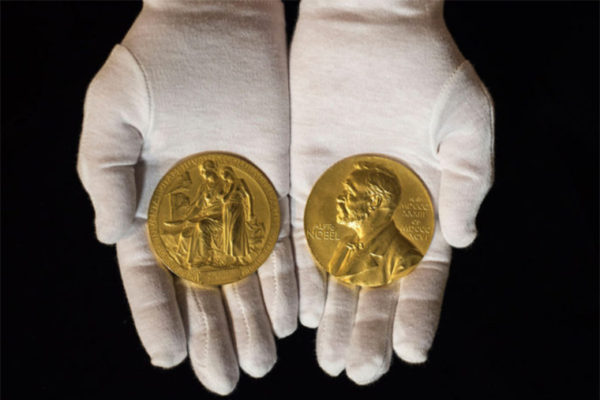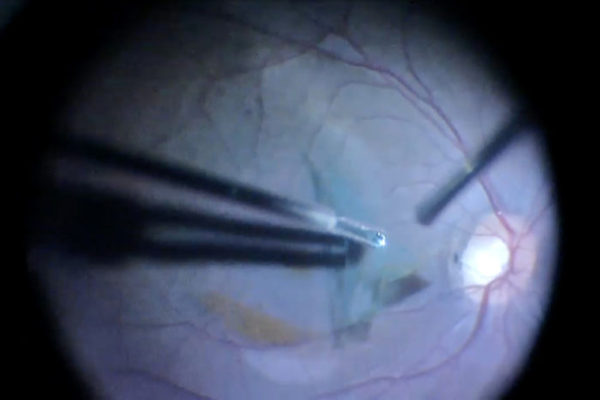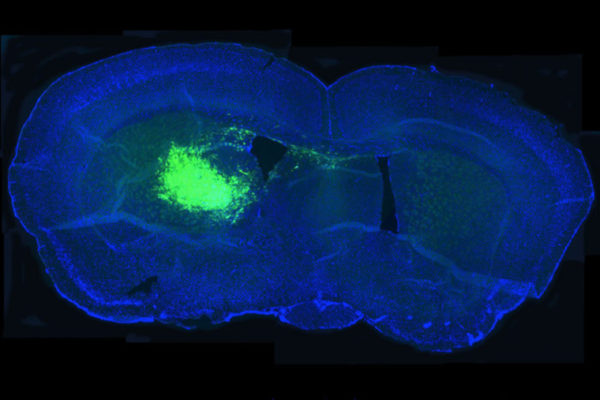Study helps explain why tuberculosis vaccines are ineffective
A new study by the School of Medicine, published Dec. 22 in Nature Communications, helps explain why development of a better vaccine for tuberculosis has been stymied.
Study details molecular roots of Alzheimer’s
Scientists at the School of Medicine have detailed the structure of a molecule that has been implicated in Alzheimer’s disease. Knowing the shape of the molecule — and how that shape may be disrupted by certain genetic mutations — can help in understanding how Alzheimer’s and other neurodegenerative diseases develop and how to prevent and treat them.
Landmark Alzheimer’s prevention trial to evaluate third drug
An international team led by Washington University School of Medicine in St. Louis has selected a third investigational drug to be tested in a worldwide clinical trial — already underway — aimed at finding treatments to prevent Alzheimer’s disease.
Depressed children respond differently to rewards than other kids
Measuring brain waves, Washington University researchers have found that clinically depressed children don’t respond to rewards the way other children do. The findings may show how the brain processes emotions in young children with depression.
Novel approach shows promise against UTIs
School of Medicine scientists have designed small molecules that prevent bacteria from sticking to the wall of the bladder, halting the development of urinary tract infections in mice. The technology is the basis of a startup company: Fimbrion Therapeutics.
Female hormones increase risk of vision loss in rare genetic disease
Girls with a rare genetic disorder caused by mutations in a gene known as Nf1 are much more likely to lose their vision than boys with mutations in the same gene. And now, researchers at Washington University School of Medicine in St. Louis believe they know why: Female sex hormones activate immune cells that damage the nerves necessary for vision.
Cori Nobel Prize medals donated to Washington University
The son of Washington University Nobel laureates Carl and Gerty Cori has given the Nobel Prizes his parents were awarded in 1947 to the university. They can be seen at the Becker Medical Library.
Surgery can restore vision in patients with brain injuries
Surgery can restore vision in patients who have suffered hemorrhaging in the eye after a traumatic brain injury, even if the operation doesn’t occur until several months after the injury, according to a small study from vision researchers at Washington University School of Medicine in St. Louis.
Gene linked to metabolism drives deadly brain cancer
While a particular metabolic pathway shows potential to slow down the aging process, new research indicates a downside: That same pathway may drive brain cancer. The pathway, known as the nicotinamide adenine dinucleotide (NAD+) pathway, is overactive in a deadly form of brain cancer known as glioblastoma, according to a study by researchers at Washington University School of Medicine in St. Louis.
Hard-to-treat depression in seniors focus of $13.5 million study
Researchers at Washington University School of Medicine in St. Louis are launching a study aimed at identifying effective treatment methods for seniors with depression that does not respond to standard medications.
Older Stories
